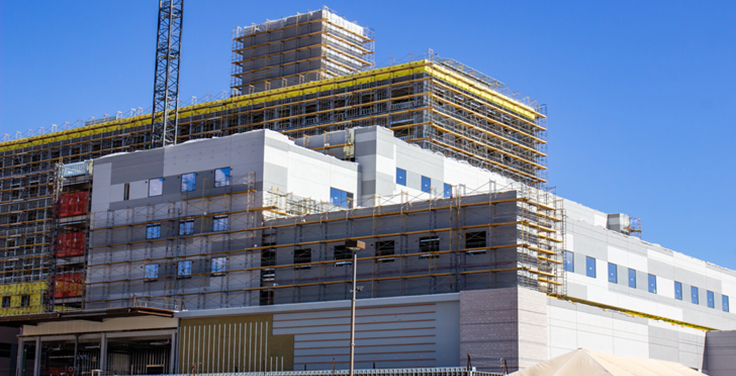Although millennials are in their prime home-buying years, Martin says affordability has priced a generation out of the market.
“Unfortunately, even with mortgage rates stabilizing this year, the lack of supply of single-family homes is going to keep home prices from falling too much,” she says. “Our belief is basically that the single-family market has hit its bottom and will probably hover around there until the Fed begins to pull back their rates and affordability is able to markedly improve. As a result, we’re currently forecasting a 13 percent decline in starts [for single-family]. But, by 2024, the market should return to expansion.”
Multifamily construction starts tend to lag single-family ones, Martin adds. In 2022, however, multifamily had its best year since 1986.
Still, multifamily – like single-family – is taking a downward turn in 2023.
“Vacancy rates around the country are still pretty low, meaning that demand is high. But slower economic growth usually correlates to household growth also decelerating, meaning that younger generations are going to cohabitate more with roommates or move back in with parents as the economy slows. And then that will lower demand for multifamily construction.”
Final thoughts
So, some construction subsectors (i.e., health care, education, manufacturing) should be up this year while others (i.e., offices, residential) should be down. To Dodge, the combination of all construction markets equates to 2 percent growth in construction starts for 2023.
“Single- and multifamily this year is going to pull down starts about 5 percent,” Martin says. “They’ll return to growth next year. On the commercial side, we’re going to expect to see weakness both this year and next year, driven by weaker office starts [and] more subdued activity with stores and hotels. But primarily the big thing is going to be that sectoral decline in warehouse construction.”
Nonbuilding construction should help boost overall construction.
“Nonbuilding includes things like streets and bridges, environmental public works, pipelines [and] electric power,” Martin says. “The infrastructure act is going to help bolster starts over the next two years.”
Of course, one or more significant global event could alter Dodge’s projections for construction.
“There’s always a risk that any number of exogenous shocks – like an escalation in the Ukraine or Russia conflict, Taiwan, OPEC production cuts – could undermine our current assumptions,” Martin says.












